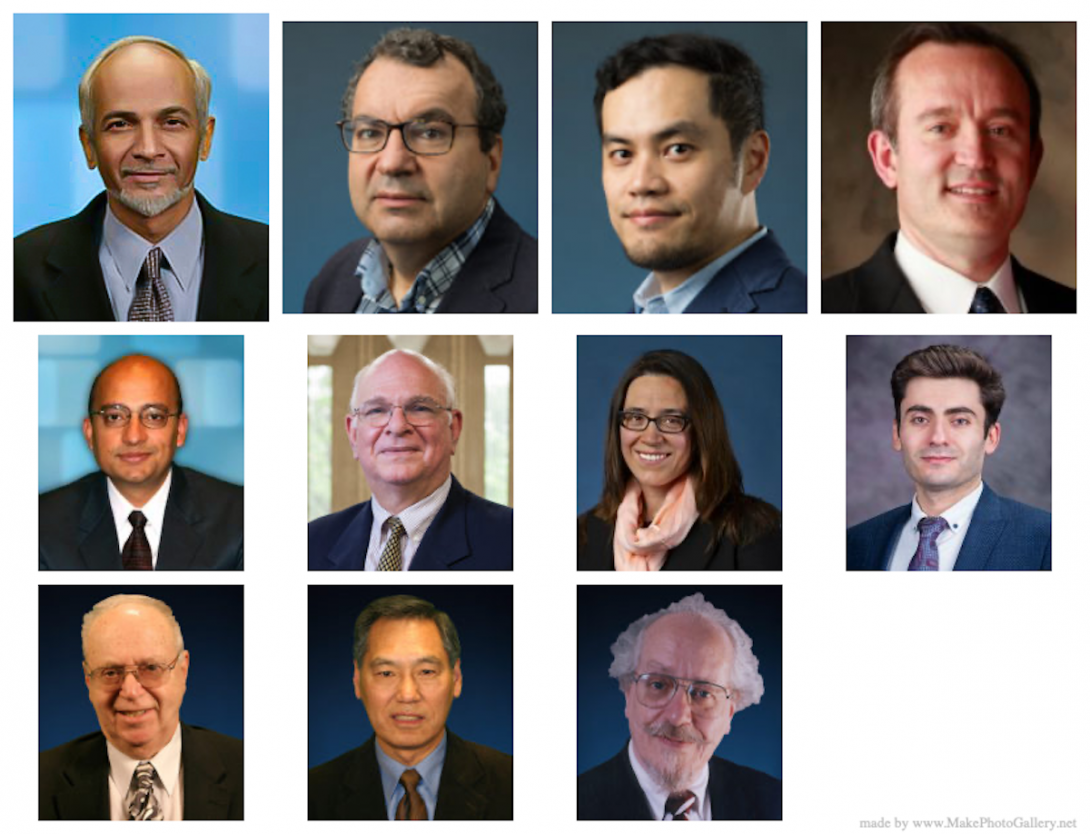ECE researchers among top 2% in their fields for career, single-year impact
ECE researchers among top 2% in their fields for career, single-year impact Heading link

Eight faculty members and three emeritus faculty in electrical and computer engineering are included on an Elsevier list of the top 2% of scientists in their fields for either single-year impact or career impact in 2020.
Professor Rashid Ansari, Research Professor Ahmet Enis Cetin, Associate Professor Pai-Yen Chen, Professor Danilo Erricolo, Professor Sudip K. Mazumder, Richard and Loan Hill Professor and Distinguished Professor Michael Stroscio, and Professor and Department Head Daniela Tuninetti are on the list of the top 2% in their fields for ‘career-long productivity.’
Chen, Mazumder, and Assistant Professor Mohammad B. Shadmand were cited for their single-year impact in 2020, again representing the top 2% in their fields.
Three emeritus faculty were also recognized: Professor Emeritus Daniel Graupe, Professor Emeritus James Lin, and Distinguished Professor Emeritus Piergiorgio L.E. Uslenghi were included in the career impact category, and Lin was also in the single-year impact category for 2020.
The list was published in August 2021 by research publishing company Elsevier, which created a publicly available database of more than 100,000 top scientists that provides standardized information on citations, h-index, co-authorship adjusted hm-index, citations to papers in different authorship positions, and a composite indicator. Separate data are shown for career-long and single-year impact.
Metrics with and without self-citations and ratio of citations to citing papers are given. Scientists are classified into 22 scientific fields and 176 sub-fields. Career-long data are updated to the end of 2020. The selection is based on the top 100,000 by c-score, which measures the scientific impact of scientists and ranks all scientists from highest to lowest, or a percentile rank of 2% or above.